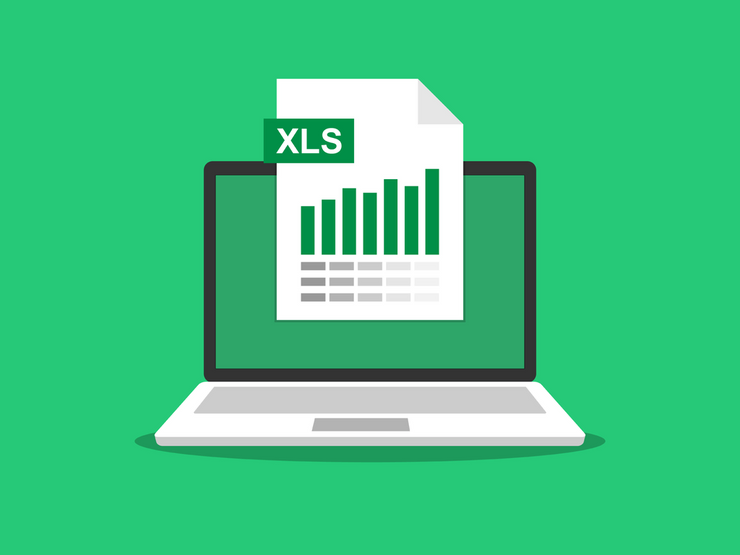
Many organizations these days are talking about data governance as data is multiplying at an unprecedented rate. At its root data governance is about putting rules and structures in place regarding the use of data. Getting data governance "right" is challenging and time consuming, but the cost of getting it wrong is even greater. Data breaches and data loss cost organizations billions of dollars a year in lost productivity, fines, and even money paid to ransomware scammers.
It's no exaggeration to say that Microsoft Excel is the backbone of most organizations' data strategy. Microsoft created a truly fantastic tool with Excel. Excel is intuitive enough that an 8 year old can figure out how to type information into its rows and columns for an elementary school science report. At the same time Excel is also being used by advanced teams of data analysts to create projections for the world's largest companies.
If Excel is so powerful, that must mean it is great for data governance, right? Not so fast. There are several reasons why heavy use of Excel can make data governance more difficult.
What makes Excel so powerful to end users, and what in turn makes it very tricky from a data governance perspective, is that it is a hybrid between a database and a data analysis system. Unfortunately as organizations grow they find that though Excel can be used as a database and a data analysis system, there are more powerful tools for both of those functions.
In this series of articles we will explore why Excel is not a great database, why Excel is not a great data analytics platform, and how to move beyond Excel to improve your data governance procedures.
We hope that by the end of this series you will understand more fully the strengths and limitations of Excel and are able to incorporate that knowledge into your organization's data strategy.
Synthelize has revolutionized the manner in which our statewide non-profit program tracks, analyzes, and leverages data to improve our outreach efficiency, planning, and effectiveness. . .Synthelize has created an advanced online dashboarding system unique to our program that allows our team to see overall trends, categorize program data and effectiveness, and drill-down into specific areas to crosswalk demographics with program strategizes.
“Synthelize has been an absolute pleasure to work with. Toby always goes above and beyond with all of my requests, and his analysis and report creations are always top-notch. I can't recommend their services enough.”
322 North Shore Drive
Building 1B, Suite 200
Pittsburgh, PA 15212
I am interested in information on: